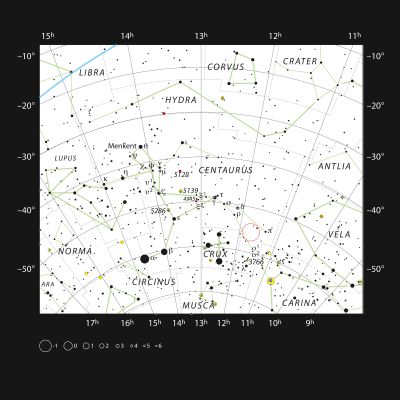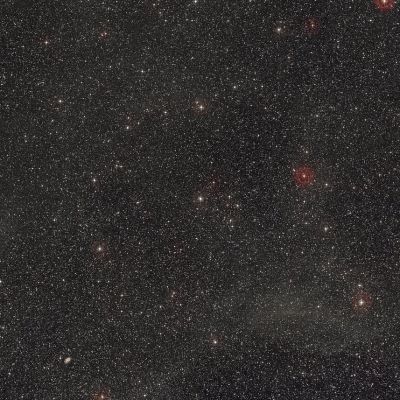The battle involved a red giant and a small mass star, belonging to the same system, and their confrontation resulted in a peculiar gas cloud helped to be discovered by the Atacama Large Millimeter / submillimeter Array (ALMA).
The astronomers responsible for the discovery explain that one of the stars has grown so much that it has plunged into the other. In turn, it spiraled towards its companion, causing it to release its outermost layers.
The special HD101584 star system in the sense that its death process' ended prematurely dramatically when a very close companion of small mass found itself engulfed by the red giant, explains Hans Olofsson of Chalmers University of Technology in Sweden, who led a recent study on this intriguing object, published in the journal Astronomy & Astrophysics.
Stellar battles like this one can help to better understand the final evolution of stars like the Sun
When the main star became a red giant, it grew so large that it ended up swallowing its small mass partner. As a result, the smaller star spiraled towards the giant's core and, despite not having collided with it, the maneuver caused the larger star to explode, leaving its layers of gas scattered and its core exposed.
The team says the complex gas structure seen in the HD101584 nebula is due to a smaller star spiraling towards a giant red, as well as the jets that formed in the process. Like a mortal blow delivered to the layers of gas already expired, these jets were launched through the previously ejected material, giving rise to the gas rings and the bright blue and reddish bubbles that we see in the nebula.
Although today's telescopes allow astronomers to study the gas surrounding the binary, the two stars in the center of the nebula complex are too close to each other and too far away from us to be able to be separated.
ESO's Extremely Large Telescope, currently under construction in the Chilean Atacama Desert, will give us information about the object's heart, allowing astronomers to take a closer look at the fighting pair, concludes Hans Olofsson.
Stellar battles like this one can help to better understand the final evolution of stars like the Sun. Currently, it is possible to describe the death processes common to many stars of the Sun type, but astronomers still cannot explain their why or exactly how they happen. .
HD101584 gives us important clues to solve this mystery, since it is currently in a short and transient phase between evolutionary stages that we know best, says co-author of the scientific article Sofia Ramstedt of the University of Uppsala, in Sweden, cited by ESO. With detailed images of the environment surrounding HD101584, we can make the connection between the red giant that existed previously and the stellar rest that it will soon become.


